| Sweet
Root Natural Area, PA |
Ernie
Ostuno |
| Jul
28, 2004 03:35 PDT |
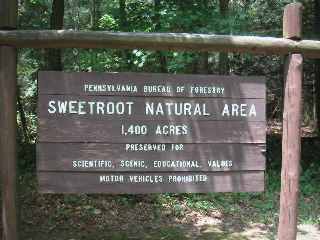
Sweet Root Natural Area is located in the Buchanan State Forest
in
Bedford County, PA. I visited this site on June 16, 2003. This
is one of
the most depressing old growth sites to visit in PA, given the
fact that
90 percent of the old growth hemlocks here (about 40 acres) are
dead and
the remaining few living trees show various levels of health due
to the
wooly adelgid. Most of the big trees that died were growing in
poor
soil, among boulders on the steep edges of a stream valley, and
this
stressful setting may have contributed to their demise. The I
noticed
that almost all the surviving hemlocks were growing close to the
stream
and in an area where the stream valley widened and the terrain
became
more level. Other old growth species I noted here are black
birch, tulip
poplar, white and red oak, sugar maple, and a few beech and
black
cherry.
Here is the Pennsylvania DCNR page:
http://www.dcnr.state.pa.us/forestry/stateforests/buchananwild.aspx
Photos by Ernie Ostuno
|
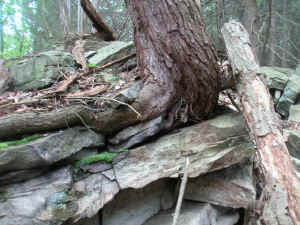 |
Old hemlock rooted in boulder field. |
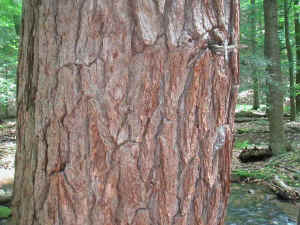 |
Old reddish-barked hemlock, this one was still clinging to life. |
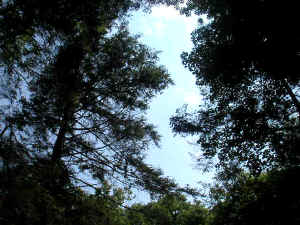 |
A few of the hemlocks have not been defoliated. |
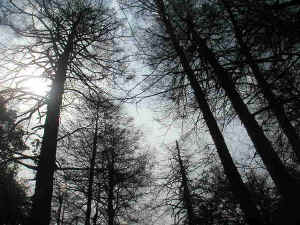 |
The victims, a stand of ancient hemlocks killed by the HWA. |
|
|
| RE:
Hemlock Wooly Agelid |
Ernie
Ostuno |
| Sep
09, 2004 18:00 PDT |
This is the same things I was wondering. Will the mortality be
total
everywhere in the eastern U.S.? I don't know if anyone can
answer that
with any certainty. It certainly seems that trees that are
stressed by
drought or poor growing conditions may be more vulnerable. Last
year I
visited the Sweet Root Natural Area in southern Pennsylvania.
All the
hemlocks growing on the rocky slopes of a ravine were dead from
HWA
infestation. However, some of the hemlocks in the flat stream
valley,
where soil and moisture conditions appeared more favorable, were
still
very much alive. The only questions is, were they destined to
survive
the infestation, or just suffer a slower death?
Ernie
|
|